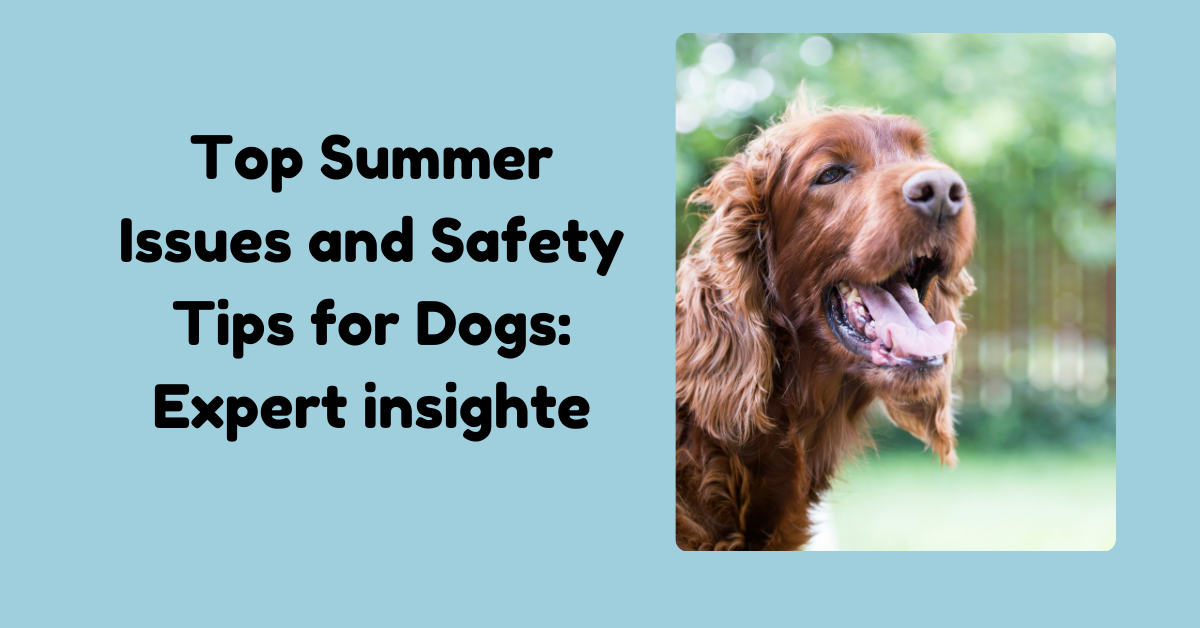Dogs are supposed to bark as this is their natural behavior, a mode of communication. In excess, barking can become a problem and is likely a symptom of some other behavioral issue. The key to stopping excessive barking is to identify the underlying problem.
Reasons Dogs Bark
There are many reasons dogs bark:
- Alarm: Notifying the owners about the coming of a person or something.
- Social Interaction: Greeting people or animals.
- Arousal: At play or interesting activities.
- Necessities or Boredom: Basically crying for attention for needs like food, water, or play.
- Grief: Emotional distress from separation, isolation, or confinement.
- Guarding: Protection of possessions or territory.
- Defensive: Warning against perceived threats.
- Frustration: Not being able to have what they want.
- Startling: The reaction to.
Sometimes, barking could be caused by psychological problems like separation anxiety or hearing loss due to medical conditions. These have to be evaluated professionally by a veterinarian or animal behaviorist.
Strategies to Reduce Barking
Key ways to address barking include management and training:
Environmental Management
- Adapt the environment to minimize potential triggers; for instance, put privacy film on windows to reduce alert barking.
Calm dogs that are sound-sensitive by playing soft music or white ambient noise. - Ensure the dog’s needs are met, to curtail attention-seeking barking.
Positive Reinforcement Training
- Reward quiet behavior by treating it. For instance, you might want to teach the dog to bark several times, say three barks, and then cue to an alternate behavior; ask the dog to sit on a mat and treat that behavior.
- Use treats when the dog stays calm around stimuli, to reinforce quiet behaviour.
Teaching a ‘Quiet
- Train for a calm verbal cue, such as “quiet.” Train under many conditions so the dog learns how to respond to that specific cue. When he barks, interrupt what he’s doing and wait until he is quiet, then reward him with a treat.
Use the cue when there’s unwanted barking to direct the dog to stop barking.
What to Avoid
Thus, it is very important to avoid negative reinforcement techniques:
- Do-Not-Punish: Do not scream at, throw something at, spray with water, or use anti-barking devices, such as shock collars. These actions will increase the stress and may further contribute to making the problem worse.
- The use of punishment may be fear and anxiety-evoking, and it may disrupt communication between the dog and owner.
- Avoid Reinforcing Barking:
- Don’t give in to attention-seeking barking. Instead, reward the dog for quiet behavior and make sure its needs are met in other ways by you.
Preventive Measures Keep barking under control by:
- Providing adequate exercise and play time.
- Maintaining a consistent daily routine.
- Meeting the basic needs of the dog.
- Using mental stimulations with puzzle toys.






1 thought on “Excessive Dog Barking: Understanding and Managing”
Comments are closed.